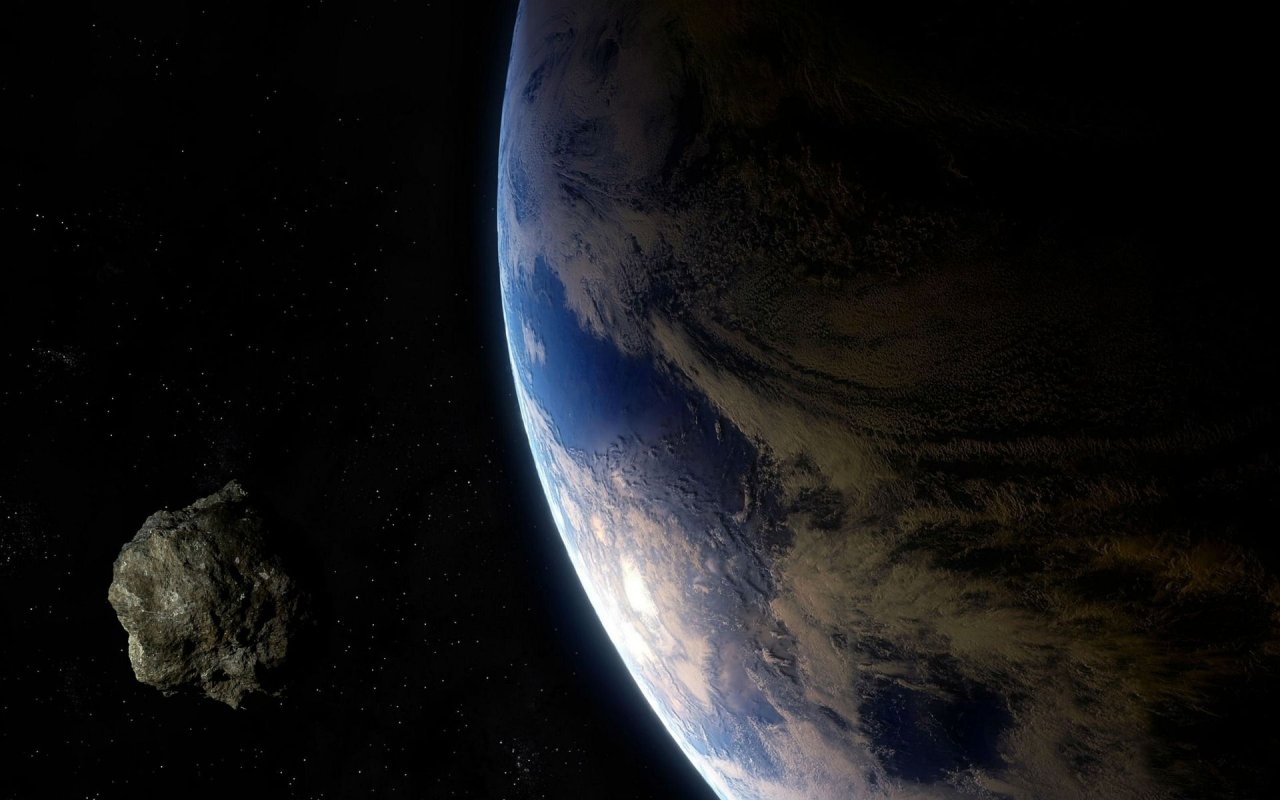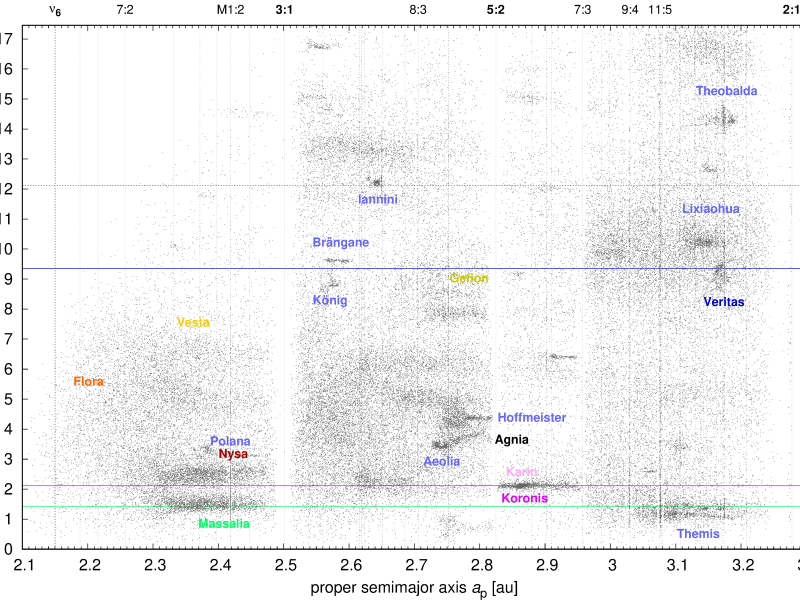International Research Team Unveils the Origins of Meteorites on Earth

A team of researchers from Charles University, Aix-Marseille Université, the European Southern Observatory, the Massachusetts Institute of Technology, and other institutions have published two groundbreaking studies in Nature on the origins of meteorites that fall to Earth today.
Meteorites offer valuable insights into the history of the Universe. Radiometric measurements reveal that the Sun formed from gas precisely 4.567 billion years ago, and meteoritic material formed from dust just two million years later. This is a time that predates Earth’s formation.
This ancient material has been preserved in asteroids orbiting the Sun. According to astrometric measurements, these asteroid orbits sometimes intersect, leading to collisions between 10-kilometer-sized objects once every few million years. Such collisions fragment the asteroids, and the resulting pieces orbit the Sun as meteoroids. Some of them ultimately fall to Earth as meteorites.

Orbits of small asteroids in the main belt between Mars and Jupiter, plotted by distance from the Sun (in astronomical units) and inclination relative to the ecliptic (in degrees).The names indicate asteroid families that serve as meteorite sources, including key families Massalia, Koronis, and Karin. Vertical lines show gravitational resonances that push meteoroids toward Earth, while horizontal lines show observed bands of infrared radiation emitted by dust.
The aim of this research was to determine which asteroids give rise to meteorites. Astronomers Michaël Marsset from the European Southern Observatory and Pierre Vernazza from Aix-Marseille Université conducted a spectroscopic survey using NASA’s three-meter Infrared Telescope Facility (IRTF). In the infrared spectrum (1.0–2.5 micrometers), absorption bands of minerals — primarily pyroxene and olivine — can be detected. This allowed the classification of asteroids in a similar way as meteorites, into H, L, and LL types, based on their mineral compositions.

NASA’s IRTF telescope located on the Hawaiian Islands.
An essential question remained: which meteorite sources are the most significant? This was tackled by Czech scientists from the Astronomical Institute of Charles University. They constructed computer models for each group (family) of asteroids, aligning them with observed orbital distributions and size distributions. For each family, they estimated the time since the collision, the expected quantity of small fragments, and the probabilities of their collisions with Earth.
“Three asteroid families emerged as the most significant: (20) Massalia, (158) Koronis, and (832) Karin. Their fragmentations occurred about 40 million, 7.6 million, and 5.8 million years ago, respectively," explained Doc. Miroslav Brož. These findings account for 70% of all meteorites; the same types observed by early human ancestors.

An AI-generated illustration depicting a hominid observing a bright meteor millions of years ago.
According to the researchers, one of the most fascinating aspects of the study is its agreement with other observations: “It relates to dust observed as bands of infrared radiation, the exposure ages of meteorites, matching the time needed to travel from their sources, or the orbits of meteoroids upon atmospheric entry,” noted Prof. David Vokrouhlický.
Both studies were published in October in the prestigious journal Nature, continuing a long tradition of celestial mechanics research at Charles University. These works build on the foundational studies by Prof. Vokrouhlický, which advanced understanding of meteoroid orbital evolution. Now, Czech researchers have succeeded in creating the most comprehensive model yet, describing asteroid dynamics in the main belt and near-Earth regions, as well as the origins of both ordinary and carbonaceous chondrites.
Studies published in Nature:
M. Brož, P. Vernazza, M. Marsset, F. E. DeMeo, R. P. Binzel, D. Vokrouhlický, D. Nesvorný: Young asteroid families as the primary source of meteorites. Nature 634, s. 566–571, 2024.
M. Marsset, P. Vernazza, M. Brož, C. A. Thomas, F. E. DeMeo, B. Burt, R. P. Binzel, V. Reddy, A. McGraw, C. Avdellidou, B. Carry, S. Slivan, D. Polishook: The Massalia asteroid family as the origin of ordinary L chondrites. Nature 634, s. 561–565, 2024.
Related study published in Astronomy & Astrophysics:
M. Brož, P. Vernazza, M. Marsset, R. P. Binzel, F. DeMeo, M. Birlan, F. Colas, S. Anghel, S. Bouley, C. Blanpain, J. Gattacceca, S. Jeanne, L. Jorda, J. Lecubin, A. Malgoyre, A. Steinhausser, J. Vaubaillon, B. Zanda: Source regions of carbonaceous meteorites and near-Earth objects. Astron. Astrophys. 689, s. A183, 2024.
Additional links:
8-minute research summary with animations: L ordinary chondrites, H ordinary chondrites, Carbonaceous chondrites.
AU UK






